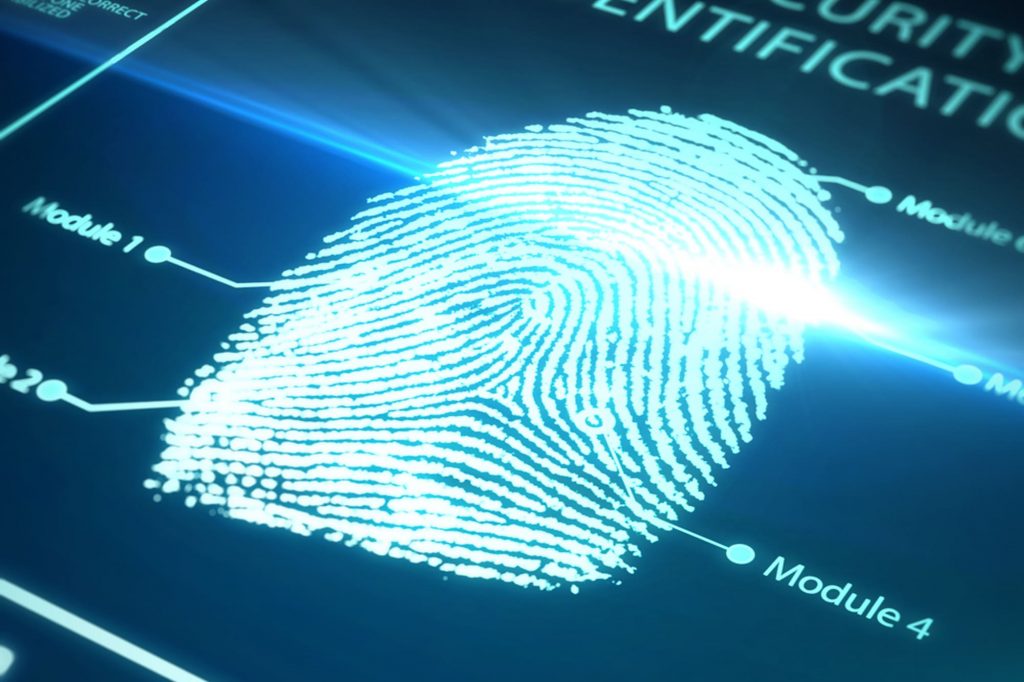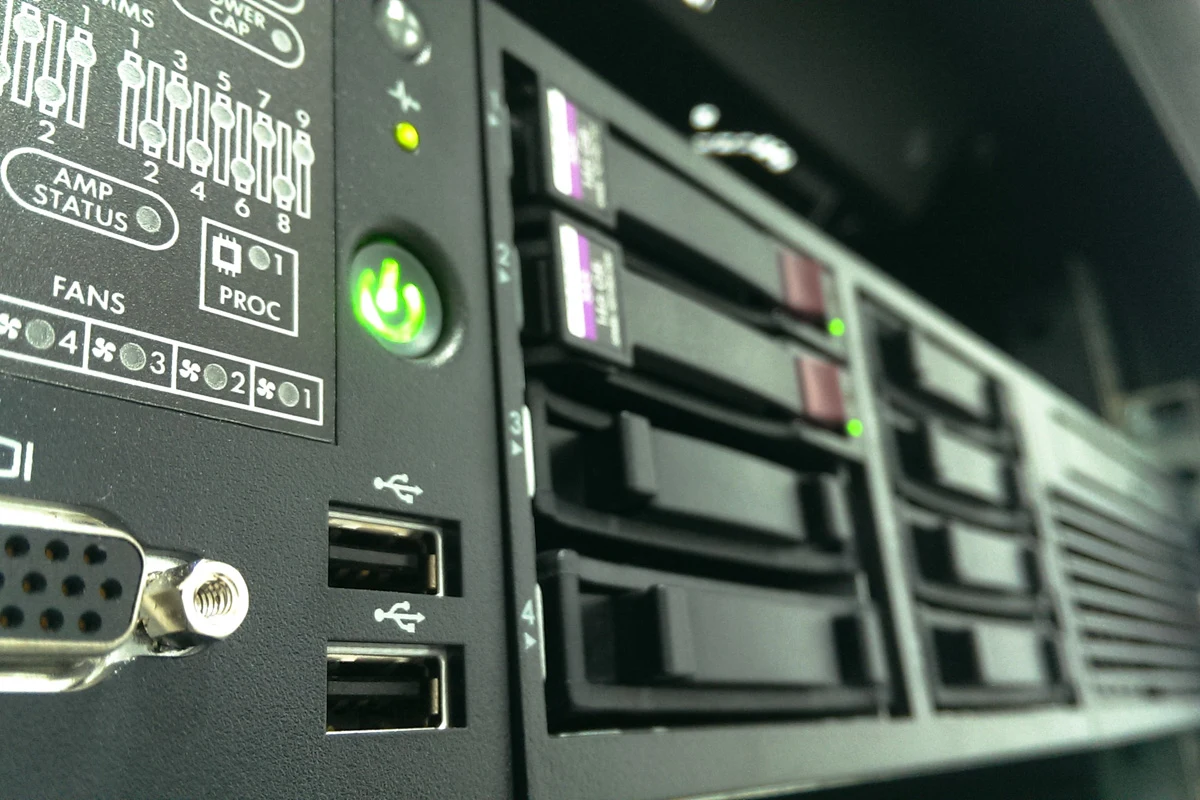How to Avoid Ransomware? Avoid ransomware by implementing robust cybersecurity measures, educating staff about potential threats, routinely backing up data, and maintaining up-to-date software and systems. With the growth in technology, the importance of cybersecurity has increased. Ransomware prevention strategy must be a priority for individuals and businesses. Without it, they are putting themselves at huge risk of losing valuable and confidential data.
Digital information is the most valuable asset nowadays, and losing it can cause severe consequences. Hence, ensuring your data has the most robust ransomware protection is essential. Designing a ransomware prevention strategy, you should leave no opportunity for future attacks.
Ransomware Encryption Explained
Ransomware is a complicated type of malware that affects the data storage device and prevents access to all valuable information. Usually, the data is restricted to the users via encryption. A business or individuals can restore lost data by paying a ransom. In another case, if the ransom is not paid, access to the files will be permanently lost. Common Ways How Ransomware Can infect Data Storage Devices:
Corrupted Websites
Phishing Emails
RDP Attacks
System Vulnerabilities
You can protect your data from unauthorized usage by avoiding malicious software and suspicious emails. However, there are more advanced methods that can help you ensure the security of your data.
Tips to Prevent Ransomware Attacks
Ransomware Prevention Tips start with maintaining a strong defense against cyber threats. This line of defense includes robust cybersecurity tools, consistent software updates, and timely data backups. Training employees about the signs of a ransomware attack and the steps to take if they suspect an attack is also a crucial prevention tip. Here are some valuable tips to avoid ransomware attacks:
Backup Your Data
By backing up your files to the cloud or external drive, you will avoid all the outcomes of ransomware. Emptying the device without any consequences is possible in case of an attack. After, the ransomware will be gone, so you can quickly restore the data from a backup.
Avoid Unknown External Media
Connecting unfamiliar external media to your computer can be very risky. If you do not know where this device came from or what it contains, it is better not to use it by working with your valuable data. In another case, you can get your computer infected through it.
Keep Software Up to Date
Updating the programs and operating systems is another way to protect your device from malware. So, when you update the system, ensure the usage of the security patches. This way, highlighting the vulnerabilities of your programs will be impossible.
Avoid Suspicious Links
Clicking on links on suspicious websites or spam messages can be risky for your data storage system. By clicking the malicious link, you will automatically start an installation process, resulting in a ransomware infection on your device.
Use Reliable Sources
If there is a need to upload something on your device, entrust this mission only to trustworthy providers. It is essential to be very cautious when installing anything on your media, as it can contain ransomware or any other kind of malware.
Perform Regular Testing
Regular testing is one of the security solutions that should be a priority for every user. If something is wrong with your system, diagnostics will notice and inform you about it. This way, you can prevent ransomware and ensure the protection of your data.
Install Antivirus
Antivirus software is the most reliable method to protect your personal information from ransomware. This tool will help scan, detect, and react to cyber threats. Anti-malware programs will stop the ransomware and protect your important data.
Use VPN for Public Networks
Using a public network without protection can be very dangerous for sensitive data. A computer is more vulnerable to attacks when connected to a public network. To shield the device from ransomware, you should employ a secure VPN service.
Practices to Avoid Ransomware
Practices to Avoid Ransomware Attacks – The cornerstone of ransomware defense incorporates comprehensive cybersecurity measures, including cutting-edge firewalls, antivirus software, and intrusion detection systems. Regular training sessions will equip them with knowledge about potential threats, enabling them to spot signs of a ransomware attack and teaching them how to react appropriately upon suspecting an attack.
Simultaneously, regular software and systems updates must be prioritized to ensure the latest security patches get installed, effectively closing any loopholes that attackers might exploit. A robust backup protocol for all critical data also contributes significantly to ransomware prevention. In addition to these technical measures, a preventative approach raises employee awareness. PITS Global Data Recovery Services provides individuals and businesses in the United States with professional recovery services in case of ransomware.

PITS Global Data Recovery Services engineers approach each case individually and find the most suitable data repair solution. We are ready to help you restore data from ransomware-damaged devices and achieve the maximum results. Start your process with PITS Global Data Recovery Services by filling out the request help form below. Clients can also contact us by calling (888) 611-0737, and we will assist you in a ransomware recovery.
Frequently Asked Questions
What are some common signs of a ransomware attack?
Ransomware frequently presents itself as unforeseen system freezes, a proliferation of pop-up ads, or the abrupt encryption of your files. Should you observe these indications, prompt action and involvement of cybersecurity experts becomes imperative.
How can we avoid ransomware attacks?
Using a multi-faceted strategy is crucial to prevent ransomware attacks. This includes implementing strong cybersecurity measures, staying updated with the latest security patches, and ordinarily backing up all essential data. Raising awareness and educating employees about the signs of a ransomware attack and the actions to take upon detection can significantly bolster your organization’s defense.
What protects against ransomware?
Several measures can effectively protect against ransomware. These include implementing comprehensive cybersecurity infrastructure (firewalls, antivirus software, intrusion detection systems), consistent software and system updates for the latest security patches, and regular data backups. Employee education regarding potential threats and recognizing signs of a ransomware attack also play a crucial role in safeguarding against such breaches.
How can we prevent being victims of ransomware?
Preventing a ransomware attack involves a combination of technical measures and staff education. Firstly, ensure your systems and software are consistently updated with the latest security patches. Next, implement strong cybersecurity protocols like firewalls and antivirus software. Lastly, educate employees about recognizing possible threats and the necessary steps to take upon suspecting a ransomware attack.
What steps should be taken immediately after a ransomware attack?
If a ransomware attack occurs, disjoin from the internet to control the spread of the ransomware. Report the incident to local authorities and engage cybersecurity professionals to help recover your system.
